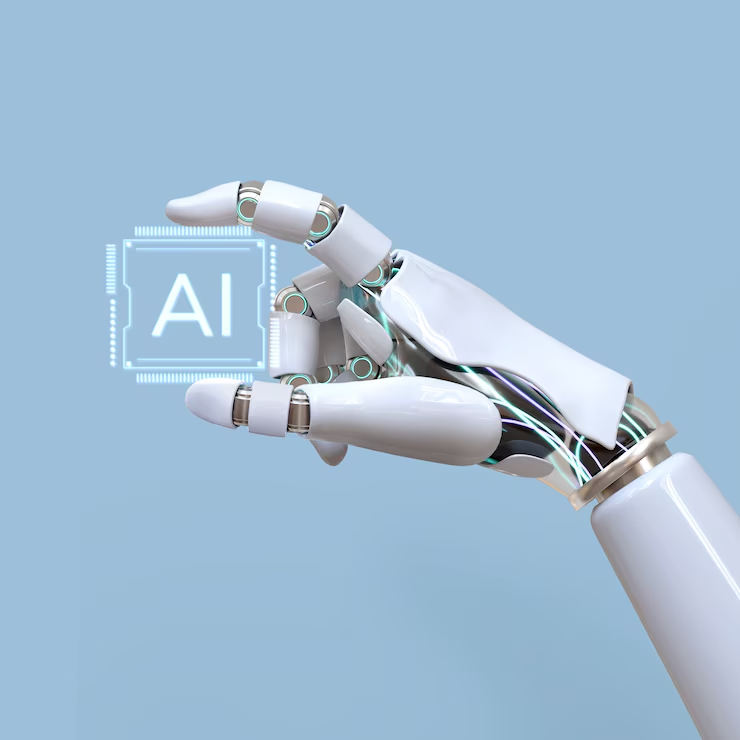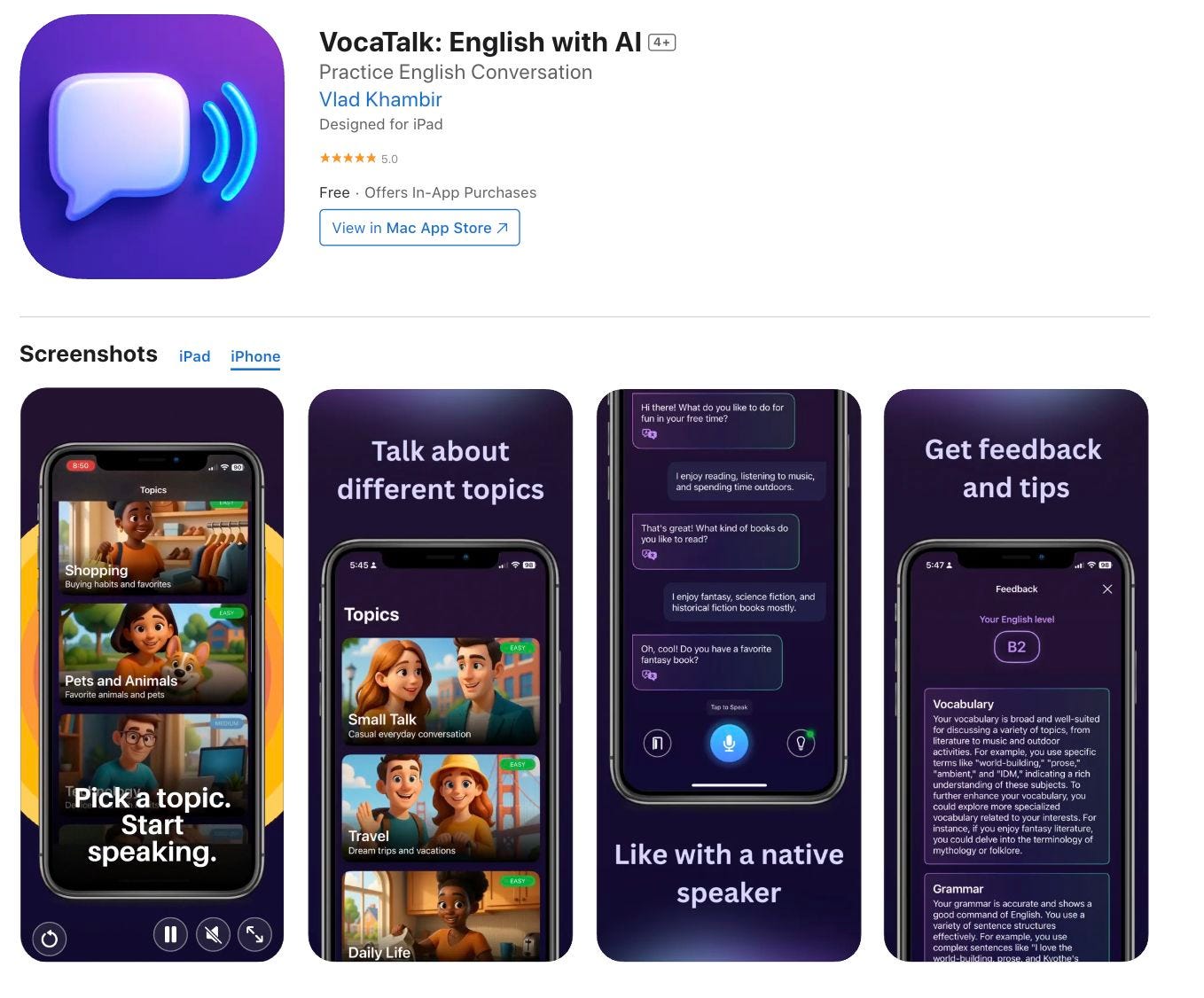While it's true that Isaac Asimov, the speculative fiction powerhouse, established rules for the governance of AI in the "Three Laws of Robotics," it's time we seriously study the ethics of AI. So what is Responsible AI? It's an approach to developing and deploying AI from an ethical and legal vantage point.
What are AI ethics?
AI ethics are the scaffolding for constructing the principles necessary to guide AI's development and responsible use. A robust AI code of ethics can include avoiding bias, ensuring the privacy of users and their data, and mitigating environmental risks. Codes of ethics in companies and government-led regulatory frameworks are two ways to implement AI values, and examining ethical AI issues at the national and global levels can help establish the structure for creating a policy on ethical AI.
Examples of ethical dilemmas related to artificial intelligence
There have been cases where prejudice, bias, or hierarchies have come up in AI. For example, an AI algorithm shows bias in the treatment of white patients over black or delivers tech job openings to men over women.
Challenges in Implementing Responsible AI
Designing and executing responsible AI is essential to creating more transparent AI systems, reducing AI bias, and growing end-user trust in those systems. Moreover, the data sets used to train machine learning models often introduce bias into AI. There are various reasons for this, ranging from faulty or incomplete data to the preferences of those teaching the ML model. Biased, an AI program could negatively impact or hurt people, for example, by providing incorrect medical diagnoses or denying loan applications. An organization must be dedicated to delivering trustworthy and unbiased principles of AI ethics.
How can businesses successfully deploy responsible AI?
As a business, manage responsible AI and reveal an accountable AI system by building a work culture that's diverse, honest, kind, and empathic, enabling constructive discussions to root out bias. Then, implement a stringent development process so that data can be explained in a way that a layperson can understand. Finally, document design and decision-making processes so that if a problem happens, it can be reverse-engineered, measured twice, and cut once.
Best practices for responsible AI
Consider version 1.0 of the AI Risk Management Framework, created and posted by none other than The National Institute of Standards and Technology, for responsible AI examples:
Accountable and transparent. Improved transparency advances confidence in the AI system, makes fixing problems associated with AI model outputs easier, and helps developers deliver more accountability over their AI systems.
Explainable and interpretable. Gain more insights into an AI system's dependability and functionality. Explainable AI, for example, is planned to give users an answer as to why and how it got to its output.
Fair, with harmful bias managed. Responsible AI systems should address AI discrimination and prejudice concerns. Emphasizing equality and equity is problematic, as values differ by organization and culture. Privacy should be designed to safeguard end-user identity, autonomy, and dignity.
Secure and resilient. Constructed to avoid, respond to, or repel ticks and able to recover. They must also be valid, reliable, and able to perform in various circumstances.
*Safe.*Responsible AI shouldn't threaten property, flora, or fauna or endanger human life --- the prime rule of robotics!
Challenges in implementing responsible AI
When creating responsible AI, governance processes have to be systematic and repeatable. Best practices include:
Create a culture of support that includes diverse teams regarding race, age, gender, ethnicity, and racially diverse teams that work on developing responsible AI criteria and standards. People must be able to speak openly on ethical ideas and issues surrounding AI.
Company culture needs to promote openness to an explainable AI model so decisions made by AI are visible and can be easily modified. Because subjectivity exists, countermeasures include explainability, visibility, and auditable and ethical processes when implementing technical frameworks and employing responsible AI tools to test AI models.
Implement metrics for monitoring and training and perform predictive maintenance tests to help produce verifiable results, increasing end-user trust --- which is beautiful. You'll want to monitor to ensure the AI model functions responsibly. As always, learn by awareness, honesty, and analysis, such as artificial intelligence consulting.
How can businesses successfully deploy responsible AI?
An organization can demonstrate that it has created an accountable AI system by communicating the data elegantly and concisely that the average intelligent, well-intentioned individual can "get." Document everything from decision-making to design to processes so that it can be reverse-engineered if an error occurs (impossible, right?).
Build a work culture that values respect and constructive discussions. Consider constructing a white box or explainable AI system that explains each decision the AI makes.
Final Thoughts
The goal of responsible AI use is for people to enjoy AI technology ethically and safely. Fans of responsible AI hope that a widely accepted and adopted governance framework of AI best practices would ensure that companies work so that AI programming is human-centered, interpretable, and explainable.
Currently, AI standards are at the discretion of software developers and data scientists --- the folks writing and deploying AI models. This is why creating an inclusive, open, and caring culture of support is vital. This includes constructing gender --- and racially diverse teams and developing standards for the responsible use of AI.
It's also necessary to foster openness and create an explainable AI model so that AI decisions are easily visible, fixable, systematic, and repeatable. The quality of "responsibility" is subjective, so be sure that measurable processes, like visibility and explainability, are built-in and that there are auditable technical and ethical frameworks. In other words, make the work as measurable as possible.
You can use responsible AI tools to inspect AI models and create metrics for training and monitoring to help minimize errors, false positives, and biases. Consider performing bias or predictive maintenance tests to verify results and increase end-user trust.
Stay engaged and mindful, and learn from the process. A company discovers more about responsible AI in implementation --- from fairness practices to technical references; as we know, the beauty is in the doing. And after the AI has been released into the wild to interact with humans, monitoring that your AI is responsible is... well, responsible.

